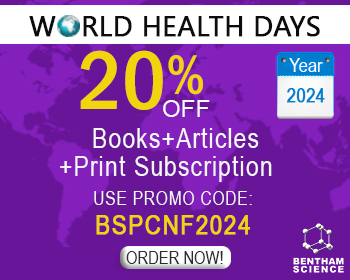Abstract
The mainstay of clinical anti-neoplastic chemotherapy is multi-agent combinations, most of which were developed empirically. To speed research and decrease costs, there is increasing interest in moving new drugs into clinical trials in potentially active combinations based upon pre-clinical testing data. Because testing drug combinations in animals is expensive and complex, defining drug combinations initially in cell culture assays is essential. For in vitro testing we employ a panel of well-characterized cell lines and DIMSCAN, a semi-automatic fluorescence-based digital image microscopy system that quantifies relative total (using a DNA stain) or viable [using fluorescein diacetate (FDA)] cell numbers in tissue culture multi-well-plates ranging from 6 to 384 wells per plate. DIMSCAN is a rapid and efficient tool for conducting in vitro cytotoxicity assays across a 4 log dynamic range. The specificity of detecting viable cells with FDA is achieved by use of digital image processing and chemical quenching of fluorescence in non-viable cells with eosin Y. Cytotoxicity measured by DIMSCAN was found to be comparable to manual trypan blue dye exclusion counts or colony formation in soft agar, but with a significantly wider dynamic range, that enables drug combination studies used to detect synergistic or antagonistic interactions in cell lines from both solid tumors and leukemias. While different mathematical models have been proposed for evaluating drug interactions, which can be classified as synergistic (combinations demonstrating greater than the additive activity expected from each agent alone), additive, or antagonistic (drugs showing less activity in combination than expected from the sum of each agent alone), we generally find the Combination Index method (as developed by Chou, et al.) to be the most suitable for evaluating of drug interactions in cell culture assays.
Keywords: DIMSCAN, cytotoxicity assay, cytostatic assay, digital image microscopy, fluorescence, fluorescein diacetate, 2'4'5'6'-tetrabromofluorescein eosin Y, combination index

























